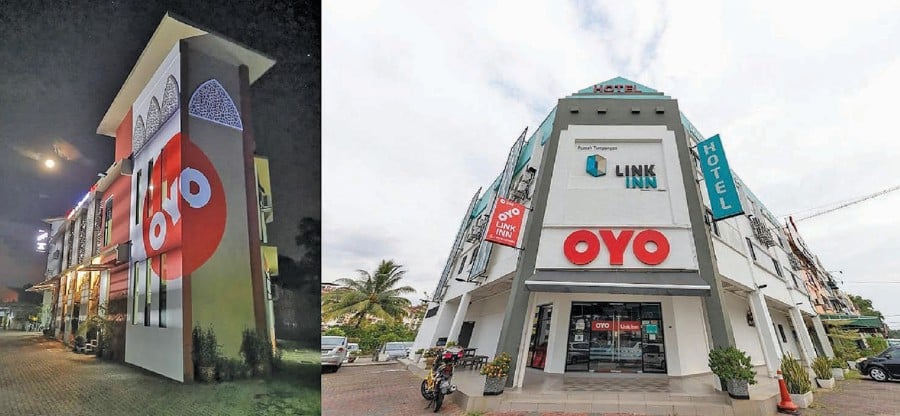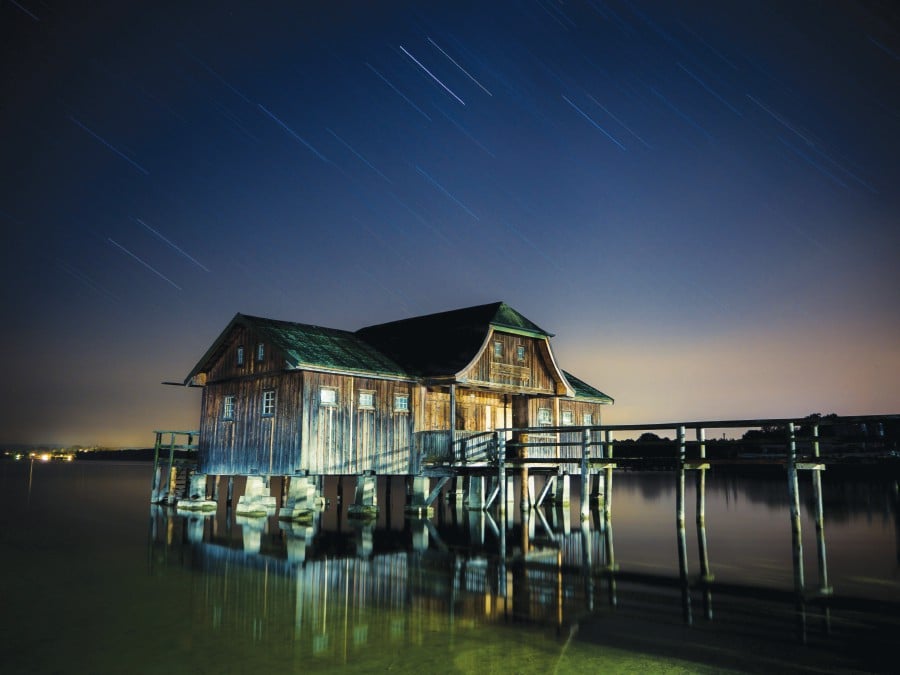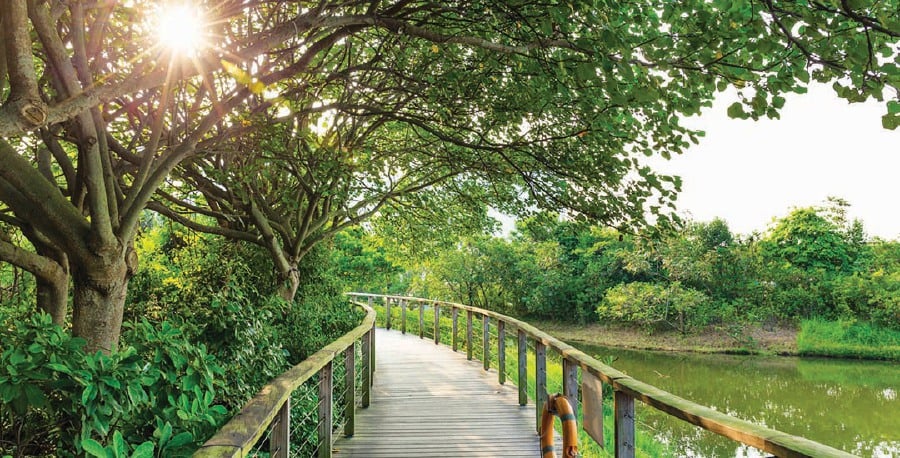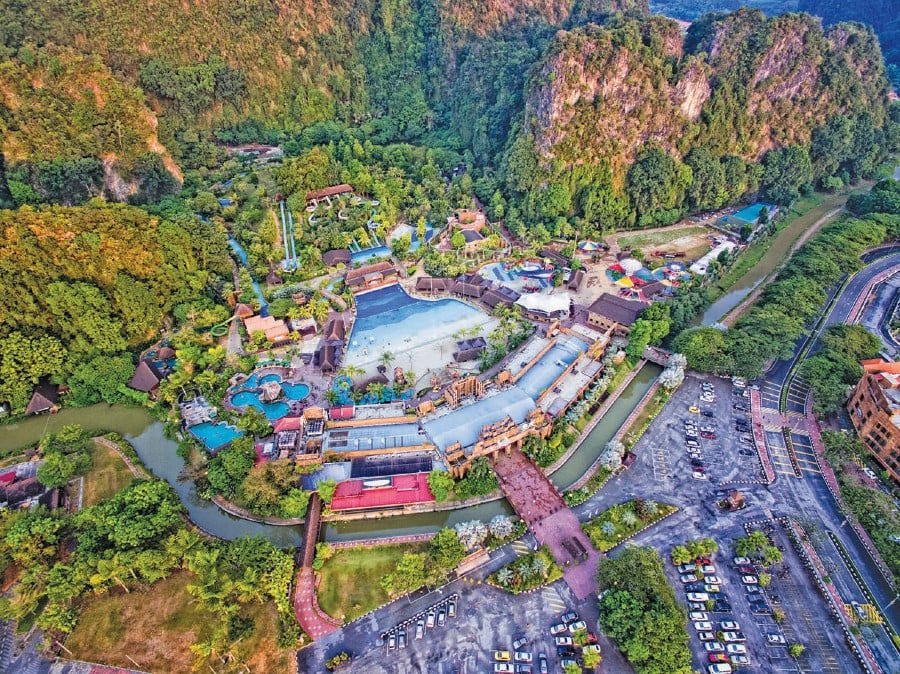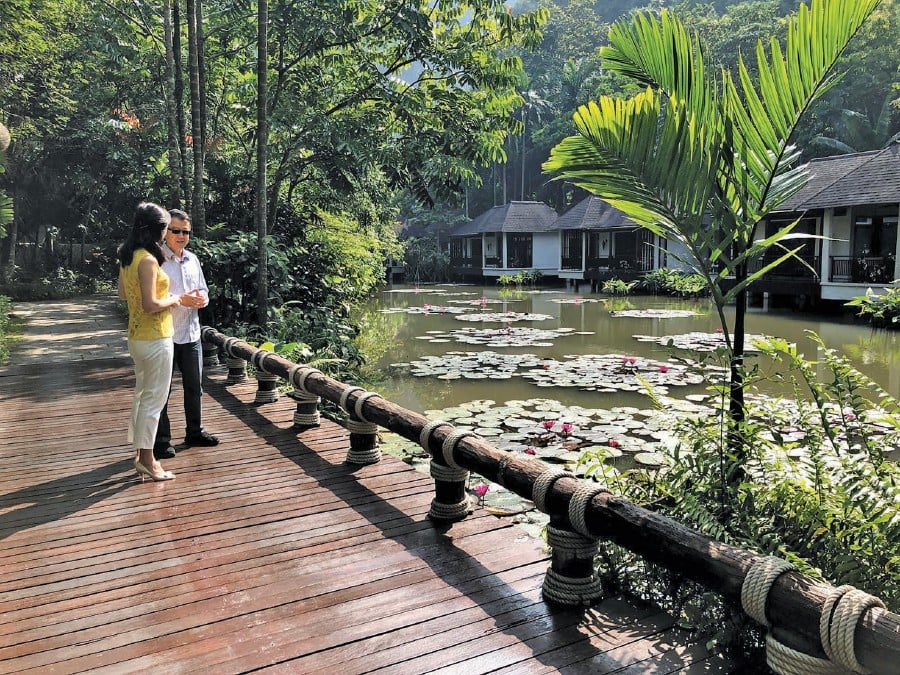- Published in NST Property on October 31, 2019
BUKIT Rahman Putra, a township in Sungai Buloh north of Klang Valley, is located within a short distance from the prestigious neighbourhoods of Valencia and Sierramas.
This township was established in 1991 by Land & General Sdn Bhd and named after Malaysia’s first prime minister, Tunku Abdul Rahman Putra Al-Haj.
“Back then, people looking to buy a home were not impressed with Bukit Rahman Putra as there were a lot of old factories in the area. Connectivity and accessibility was also a major issue. Location-wise, it was considered a remote area by many.
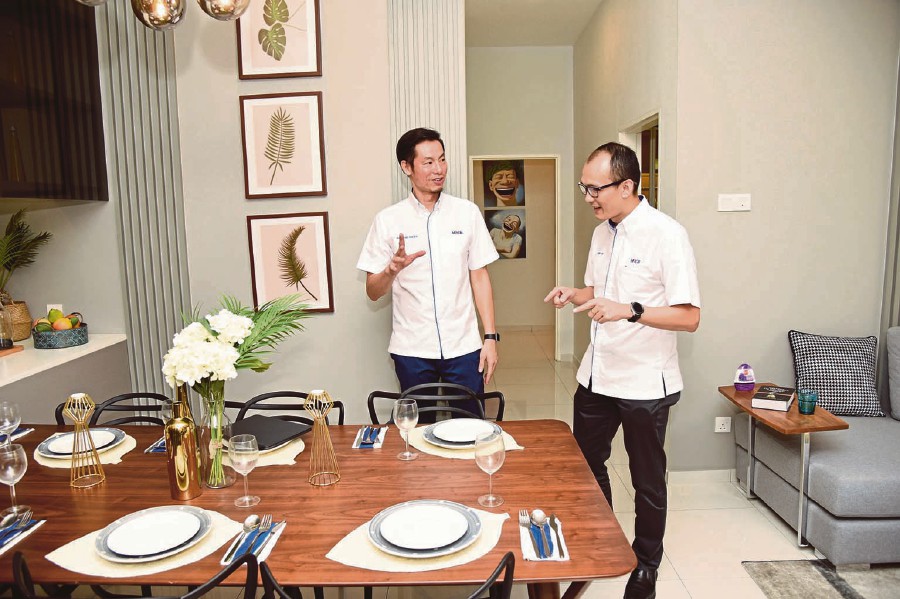
“The township is now no longer the backwoods. The opening of the Sungai Buloh Hospital Interchange and other types of infrastructure developments has changed the people’s perception towards Bukit Rahman Putra. It started to attract people and developers came in to build more
homes,” said a senior marketing consultant familiar with the area.
The interchange provides residents with an alternative exit and entry point into the North-South Expressway and this has become one of the many key selling points for new projects in Bukit Rahman Putra.
Another attraction in the township is Rahman Putra Club Malaysia, one of the most distinguished golf clubs in the Klang Valley. The golf course, which opened in 1987, was designed by the late Tun Ghafar Baba.
Built over 113ha of shimmering lakes and captivating greenery, it is one of few in the country that hosts a 36-hole championship course which is divided into two — The Lakes and The Hills Championship.

Overlooking the golf course are a handful of housing such as Sunway Rahman Putra, a 8.5ha gated-and-guarded development that was completed in 2006.
Sunway Rahman Putra features 112 superlink courtyard houses and 41 bungalows spread over 8.5ha of freehold land.
The superlink houses with spacious gross built-ups of 3,413 to 4,568 sq ft were sold at RM657,000 to RM1.1 million. The sale prices for the bungalows with built-ups of 5,000 to 6,500 sq ft were at RM1.3 million to RM1.9 million.
“This project did well as the homes are exquisitely designed within an exclusive environment. The bungalows have golf course view and frontage, and are tastefully designed with Balinese landscaping, complete with water fountains in the garden. The superlink houses resembles the Baba and Nyonya homes in Melaka.
“Looking at the success of this project, other developers started coming as there was pent-up demand for mid- to high-end houses,” said the marketing consultant.
BRANDED DEVELOPERS
In 2014, Malaysian Resources Corp Bhd (MRCB) purchased three plots of freehold land in Bukit Rahman Putra from Bisraya Acres Sdn Bhd, a wholly-owned subsidiary of Gapurna Sdn Bhd, for RM83 million.
MRCB had said that the land would be used for residential and commercial development with an estimated gross development value (GDV) of RM559.1 million.
Kalista Park Homes was launched in early 2016 on the first plot. The 2.2ha project has a GDV of RM101 million.
MRCB recently handed over Kalista units to buyers.
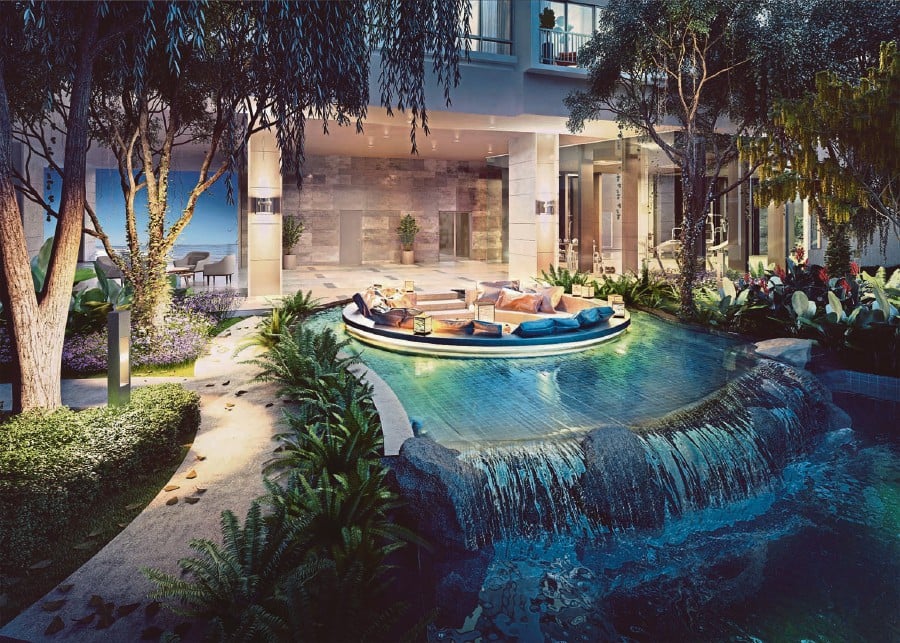
The low-density development comprises only 28 units of superlink houses which had been fully sold. The houses, with built-ups of between 3,829 and 4,257 sq ft, were priced from RM1.6
million.
There are also 18 units of “semi-dees” and MRCB targets upgraders and owner-occupiers for the units.
The semi-dees, with a land size of 40ft x 85ft each, have built-ups of 4,679 sq ft for the golf view units while the standard units’ built-up is 4,561 sq ft.
MRCB Land chief executive officer Raymond Cheah said there are six semi-dees still available at Kalista. They are bumiputera units released recently for sale from RM2.5 million.
The fully-furnished show unit is also for sale at RM3.4 million, he said.
Alstonia Hilltop Homes is MRCB’s second launch in Bukit Rahman Putra. The project was launched in May this year. The project is an exclusive residential enclave on about 1.7ha of land with a GDV of RM250 million.
Cheah said the take-up for Alstonia currently stood at about 40 per cent.
WATCH THE VIDEO
BUKIT Rahman Putra, a township in Sungai Buloh north of Klang Valley, is located within a short distance from the prestigious neighbourhoods of Valencia and Sierramas.
This township was established in 1991 by Land & General Sdn Bhd and named after Malaysia’s first prime minister, Tunku Abdul Rahman Putra Al-Haj.
“Back then, people looking to buy a home were not impressed with Bukit Rahman Putra as there were a lot of old factories in the area. Connectivity and accessibility was also a major issue. Location-wise, it was considered a remote area by many.

MRCB Land Sdn Bhd chief executive officer Raymond Cheah (right) and chief operating officer property Chin Chew Fan in a show unit of Alstonia.
homes,” said a senior marketing consultant familiar with the area.
The interchange provides residents with an alternative exit and entry point into the North-South Expressway and this has become one of the many key selling points for new projects in Bukit Rahman Putra.
Another attraction in the township is Rahman Putra Club Malaysia, one of the most distinguished golf clubs in the Klang Valley. The golf course, which opened in 1987, was designed by the late Tun Ghafar Baba.
Built over 113ha of shimmering lakes and captivating greenery, it is one of few in the country that hosts a 36-hole championship course which is divided into two — The Lakes and The Hills Championship.

Alstonia Hilltop Homes.Courtesy of MRCB
Sunway Rahman Putra features 112 superlink courtyard houses and 41 bungalows spread over 8.5ha of freehold land.
The superlink houses with spacious gross built-ups of 3,413 to 4,568 sq ft were sold at RM657,000 to RM1.1 million. The sale prices for the bungalows with built-ups of 5,000 to 6,500 sq ft were at RM1.3 million to RM1.9 million.
“This project did well as the homes are exquisitely designed within an exclusive environment. The bungalows have golf course view and frontage, and are tastefully designed with Balinese landscaping, complete with water fountains in the garden. The superlink houses resembles the Baba and Nyonya homes in Melaka.
“Looking at the success of this project, other developers started coming as there was pent-up demand for mid- to high-end houses,” said the marketing consultant.
BRANDED DEVELOPERS
In 2014, Malaysian Resources Corp Bhd (MRCB) purchased three plots of freehold land in Bukit Rahman Putra from Bisraya Acres Sdn Bhd, a wholly-owned subsidiary of Gapurna Sdn Bhd, for RM83 million.
MRCB had said that the land would be used for residential and commercial development with an estimated gross development value (GDV) of RM559.1 million.
Kalista Park Homes was launched in early 2016 on the first plot. The 2.2ha project has a GDV of RM101 million.
MRCB recently handed over Kalista units to buyers.

An artist’s impression of Alstonia Hilltop’s well-landscaped sanctuary.
million.
There are also 18 units of “semi-dees” and MRCB targets upgraders and owner-occupiers for the units.
The semi-dees, with a land size of 40ft x 85ft each, have built-ups of 4,679 sq ft for the golf view units while the standard units’ built-up is 4,561 sq ft.
MRCB Land chief executive officer Raymond Cheah said there are six semi-dees still available at Kalista. They are bumiputera units released recently for sale from RM2.5 million.
Alstonia Hilltop Homes is MRCB’s second launch in Bukit Rahman Putra. The project was launched in May this year. The project is an exclusive residential enclave on about 1.7ha of land with a GDV of RM250 million.
Cheah said the take-up for Alstonia currently stood at about 40 per cent.
WATCH THE VIDEO
